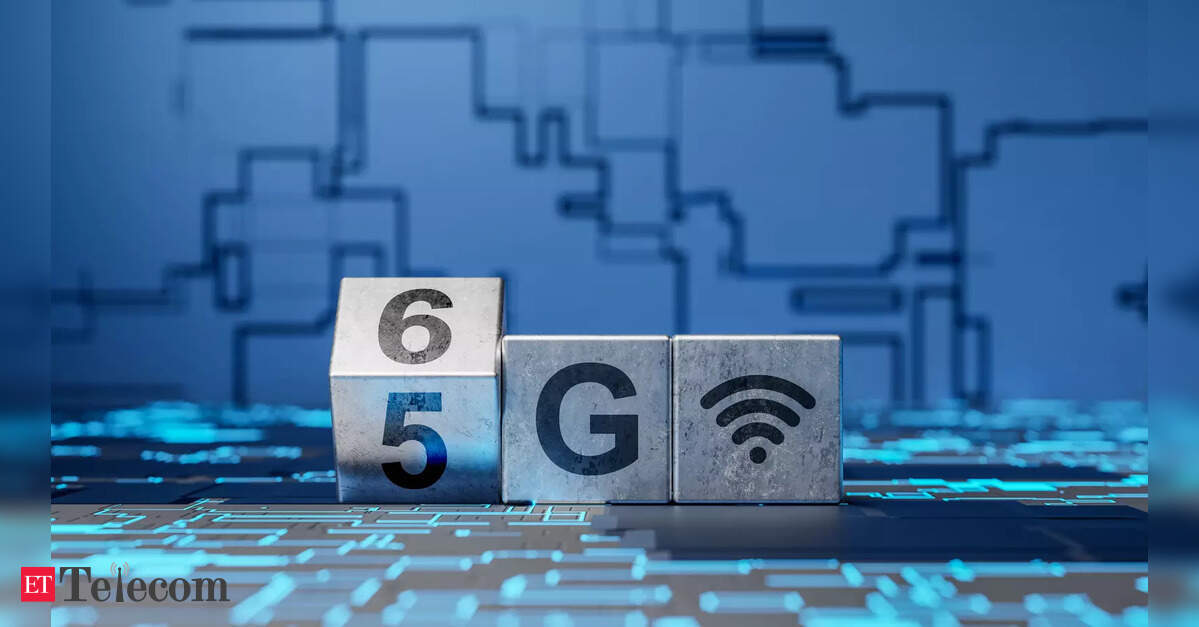India's Telecom Triumph: From First Call to 6G Leadership - A 30-Year Journey

On July 2, 1995, history was made. Harish Chandra Prasad, a Reliance employee, made the first mobile phone call in India from Kolkata to Delhi. This seemingly simple act ignited a telecom revolution that would transform the nation. Before this, telecommunication was largely limited to landlines, with significant infrastructure gaps and limited accessibility. The introduction of mobile technology opened up a world of possibilities, connecting people across vast distances and laying the foundation for the digital age.
The subsequent decades witnessed explosive growth in India's telecom sector. Driven by increased competition, falling call rates, and the proliferation of mobile devices, the number of subscribers soared. The rise of affordable smartphones further accelerated this trend, bringing internet access to millions who were previously excluded. This digital inclusion has fueled economic growth, empowered entrepreneurs, and transformed the way Indians live, work, and communicate.
Today, India boasts one of the largest mobile subscriber bases in the world. The rollout of 5G technology is rapidly expanding, promising even faster speeds, lower latency, and new applications across various sectors, including healthcare, education, and manufacturing. The government's initiatives, such as the National Digital Communications Policy 2018, aim to create a robust and future-ready telecom infrastructure.
But India isn't stopping at 5G. With an eye firmly on the future, the country is actively pursuing leadership in 6G technology. The government and private sector are collaborating on research and development, with a focus on indigenous technology and innovation. 6G promises even greater speeds, ultra-low latency, and advanced capabilities like holographic communication and integrated sensing and communication. India's ambition is to not only adopt 6G but to shape its standards and applications, positioning itself as a global leader in this next generation of wireless technology.
While the future looks bright, India's telecom sector faces challenges. These include bridging the digital divide, ensuring affordable data access for all, and addressing cybersecurity concerns. However, these challenges also present opportunities for innovation and growth. By investing in infrastructure, promoting digital literacy, and fostering a supportive regulatory environment, India can overcome these hurdles and unlock the full potential of its telecom sector.
From that first mobile phone call 30 years ago, India's telecom journey has been nothing short of remarkable. As the nation looks ahead to 6G and beyond, it’s clear that connectivity will continue to play a vital role in shaping India's future, empowering its citizens, and driving economic prosperity. The journey continues, and India is poised to lead the way in the next chapter of the global telecom revolution.






